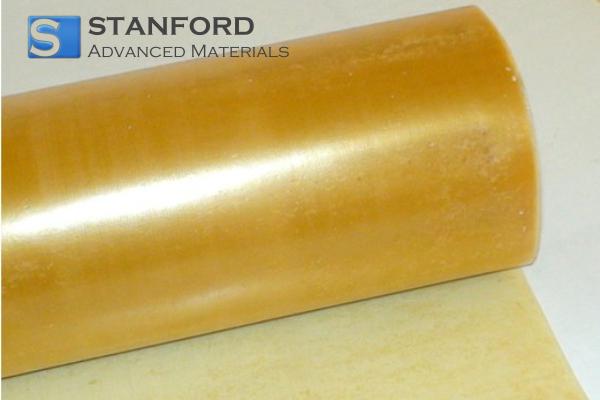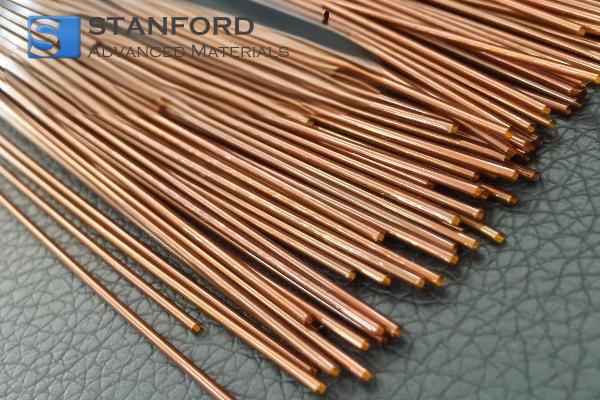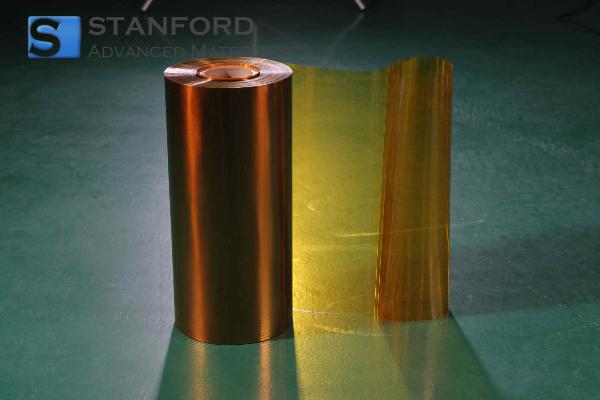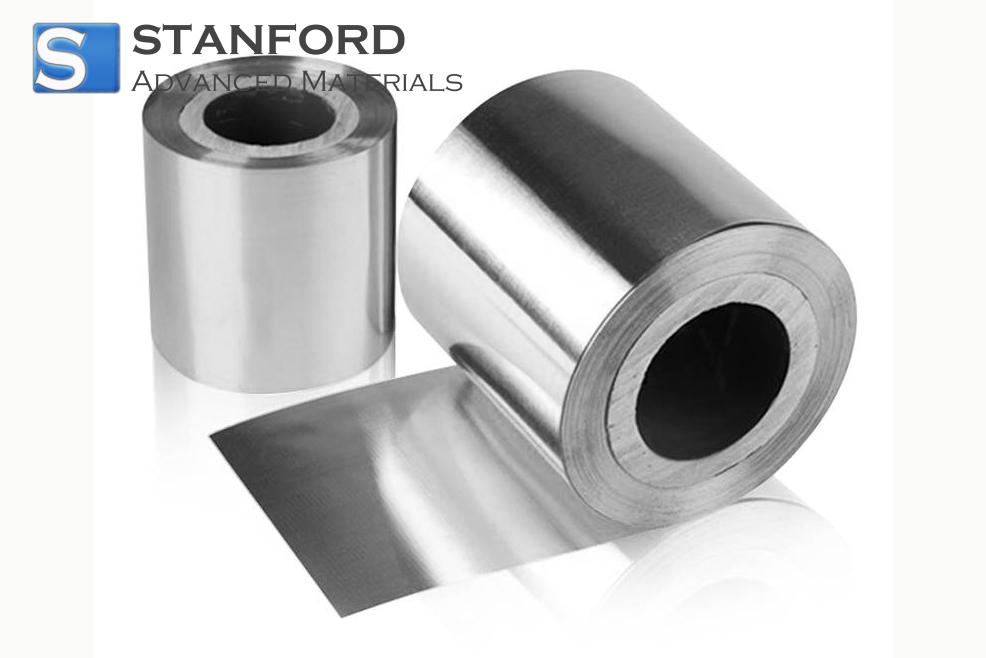Yttrium: Element Properties And Uses
Introduction
Yttrium is a rarely occurring, silver lustrous transition metal with atomic number 39. It is employed in various high-technology industries because of its specific chemical and physical properties. Although it is often grouped with the rare earth elements, Yttrium differs in several measurable properties.
Yttrium was discovered in the late 18th century in the Swedish village of Ytterby, which also gave its name to several other rare elements. In nature, Yttrium is predominantly found in minerals such as Xenotime (YPO4) and Monazite ((Ce,La,Th,Nd,Y)PO4). It is largely obtained as a by-product during the extraction of other rare earth elements. The concentration of Yttrium in the Earth’s crust is approximately 33 ppm.
Properties
Yttrium is characterised by its ability to form stable compounds with non-metals. Notably, Yttrium oxide (Y₂O₃) is used as a phosphor in lighting and display technology, thereby contributing to improved colour reproduction and energy efficiency. For instance, Yttrium oxide is utilised in red phosphors for LEDs, which are widely used in televisions and smartphones.
The metal reacts slowly with oxygen, resulting in a protective oxide layer that prevents further corrosion. This property is beneficial in alloys because it extends the life and stability of the materials. With halogens such as fluorine, Yttrium forms compounds used in the manufacture of specialised optical materials, for example in laser components or optical coatings. Under controlled conditions, Yttrium nitrides (YN) and carbides (YC) are produced; they find application in high-temperature coatings and wear-resistant systems due to their high hardness and melting points.
|
Property |
Value |
|
Atomic number |
39 |
|
Atomic mass |
88.90585 u |
|
Density |
4.47 g/cm³ |
|
Melting point |
1526°C |
|
Boiling point |
3336°C |
|
Crystal structure |
Hexagonal close-packed |
For further information, please visit Stanford Advanced Materials (SAM).
Applications
The specific properties of Yttrium render it crucial in numerous sectors:
-
Electronics and Displays: Yttrium-based phosphors, such as Yttrium Aluminium Garnet (YAG) phosphors, contribute to improved colour precision and energy efficiency in LED and OLED displays. For example, Yttrium is used in white LEDs, which are standard in modern lighting.
-
Superconductivity: Yttrium stabilises complex oxide structures in high-temperature superconductors, such as Yttrium-Barium Copper Oxide (YBCO). These materials facilitate superconducting magnetic fields at temperatures up to approximately -180 °C and are utilised in magnetic resonance imaging (MRI) and the production of high-performance magnets.
-
Heat-resistant Alloys: Given its high thermal stability, Yttrium is incorporated into alloys for the aerospace and automotive industries. For instance, Yttrium increases the oxidation resistance of nickel-based superalloys that are used in turbine blades of aircraft engines.
-
Laser Technology: Yttrium Aluminium Garnet (YAG) lasers are widely used owing to their efficient performance. They are applied in industrial material processing (cutting, welding), medical procedures (laser surgery, skin treatments) and research.
Extraction
Yttrium is extracted from minerals such as Xenotime and Monazite, which generally contain other rare earth elements. The extraction is carried out using a series of precise chemical procedures:
-
Acid Leaching: The ores are treated with sulphuric acid or hydrochloric acid to dissolve the metal ions.
-
Solvent Extraction: Specialised organic solvents separate Yttrium from other rare earth elements and impurities.
-
Precipitation and Reduction: The purified Yttrium is precipitated as an oxide or halide and then processed to the metal using reduction (e.g. with calcium or lithium).
These procedures require a high degree of precision and purity, as Yttrium for many applications must reach a purity of at least 99.9%.
FAQs
What makes Yttrium distinctive?
Yttrium exhibits high resistance to corrosion and heat and forms stable compounds, which are essential in various technical applications.
Where is Yttrium found?
It is primarily present in minerals such as Xenotime and Monazite and is usually recovered as a by-product during the extraction of other rare earth elements.
Which sectors utilise Yttrium?
Electronics, aerospace, medicine, laser technology and the automotive industry are among the key sectors that use Yttrium.
How is Yttrium processed?
Yttrium is processed by chemical extraction and purification from ores, followed by reduction or electrolysis to produce the metal and its compounds.

 Bars
Bars
 Beads & Spheres
Beads & Spheres
 Bolts & Nuts
Bolts & Nuts
 Crucibles
Crucibles
 Discs
Discs
 Fibers & Fabrics
Fibers & Fabrics
 Films
Films
 Flake
Flake
 Foams
Foams
 Foil
Foil
 Granules
Granules
 Honeycombs
Honeycombs
 Ink
Ink
 Laminate
Laminate
 Lumps
Lumps
 Meshes
Meshes
 Metallised Film
Metallised Film
 Plate
Plate
 Powders
Powders
 Rod
Rod
 Sheets
Sheets
 Single Crystals
Single Crystals
 Sputtering Target
Sputtering Target
 Tubes
Tubes
 Washer
Washer
 Wires
Wires
 Converters & Calculators
Converters & Calculators
 Write for Us
Write for Us




 Chin Trento
Chin Trento



